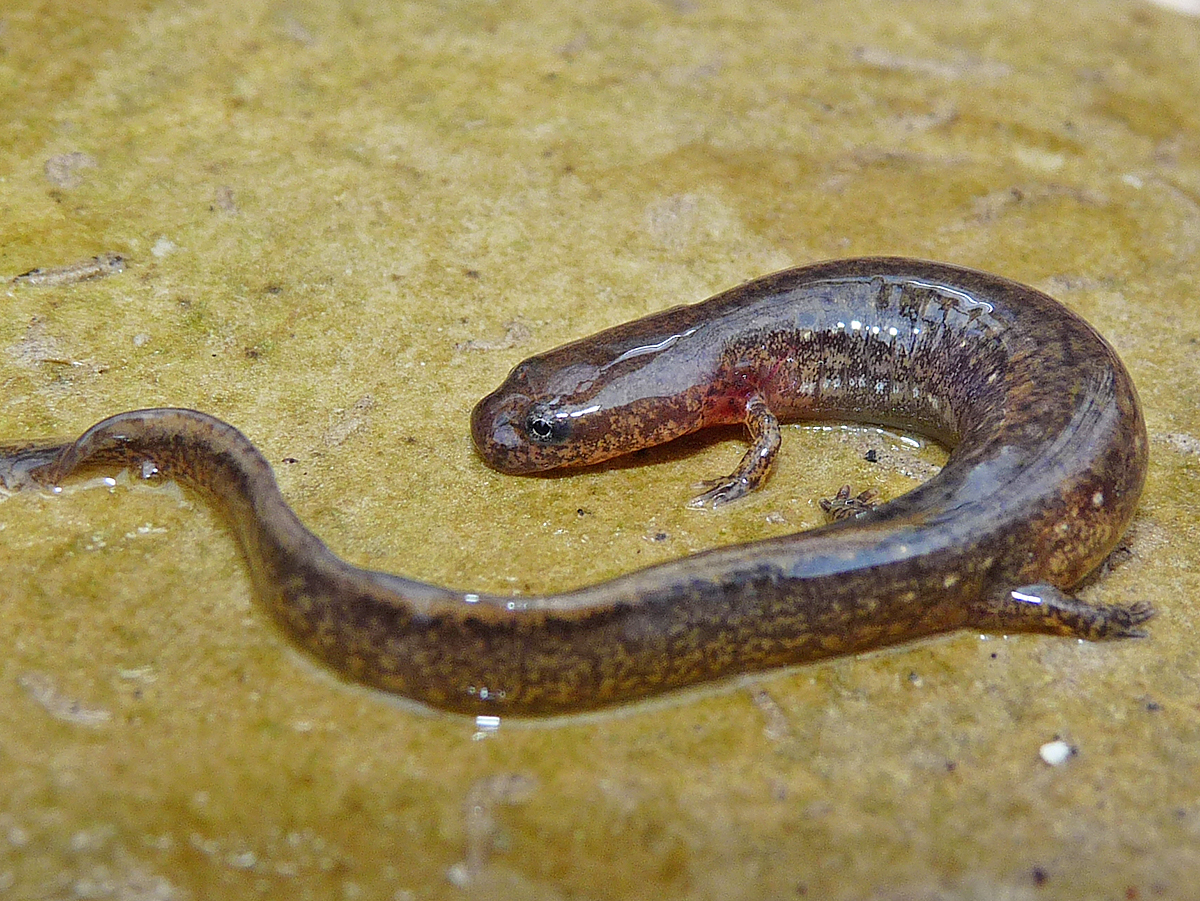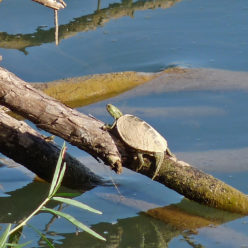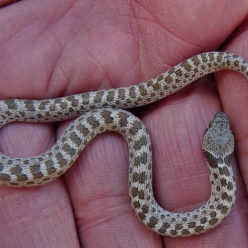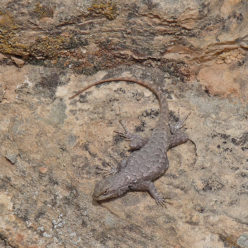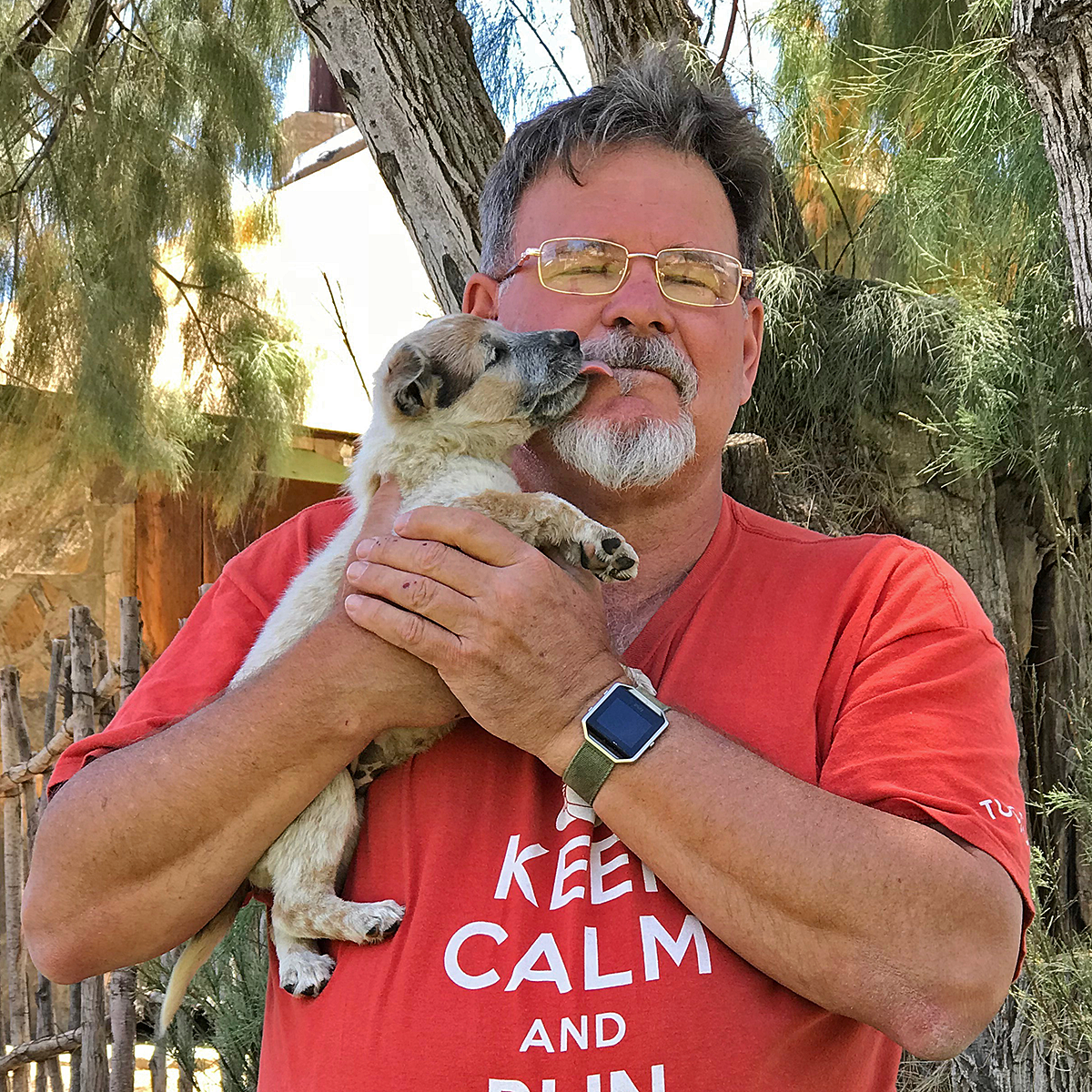Eurycea tynerensis
Moore and Hughes, 1939
Christian Co., Missouri. March 14, 2010
I visited a chert-bed stream on a cold March day, and with chilled hands and chattering teeth I managed to find three of these salamanders underneath flat stones in the shallows. When I found them, I had no real knowledge of the species, and had missed their tiny external gills, which faintly appear in my photos. The specimens I had found were paedomorphic, with adults retaining their larval form, and remaining in the water. Searching the literature later, I discovered that some populations are not paedomorphic, and the adults lose their external gills and become terrestrial (although they stay along the margins of their natal stream). Furthermore, it is the structure of the stream bed itself that determines the life history of local populations of Eurycea tynerensis. Populations in stream beds composed of large and varied chert gravel often remain paedomorphic, as this composition allows access to subsurface water (in some cases, many feet deep) during dry summer months. Stream beds composed of packed materials and clastic silts and clays do not offer access to subsurface water, and populations of Oklahoma salamanders in these streams tend to lose their gills and adopt a terrestrial life.
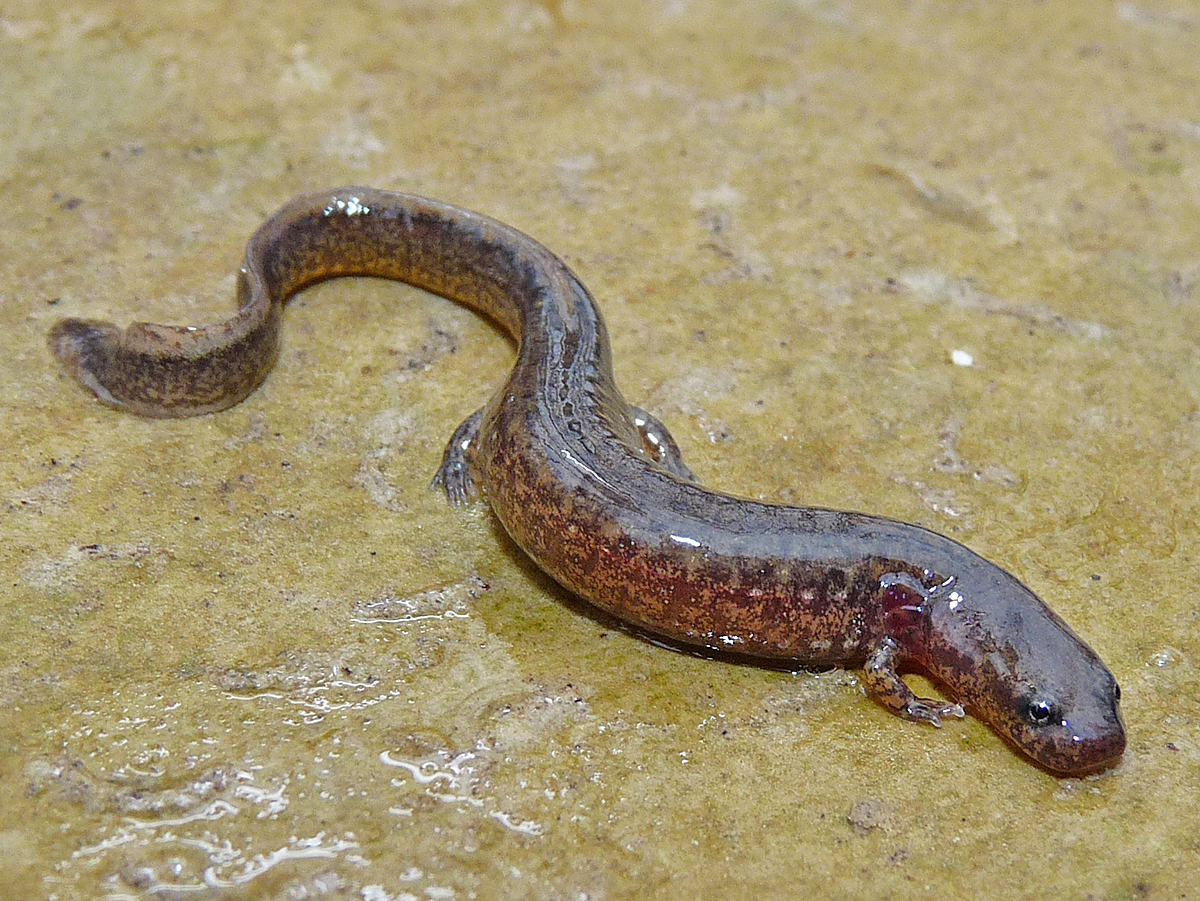
For more on this habitat selection process, see Bonnet and Chippindale, BMC Biology 2006 4:6. Streambed microstructure predicts evolution of development and life history mode in the plethodontid salamander Eurycea tynerensis available here.
My Flickr album for this species is here.
HerpMapper records for this species are here.
